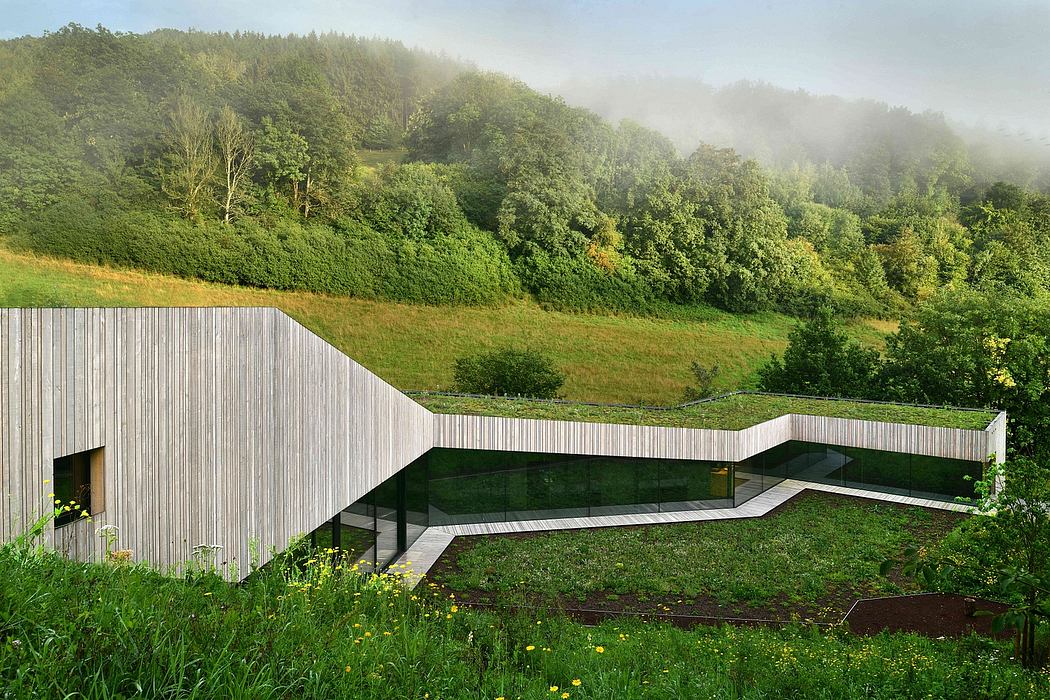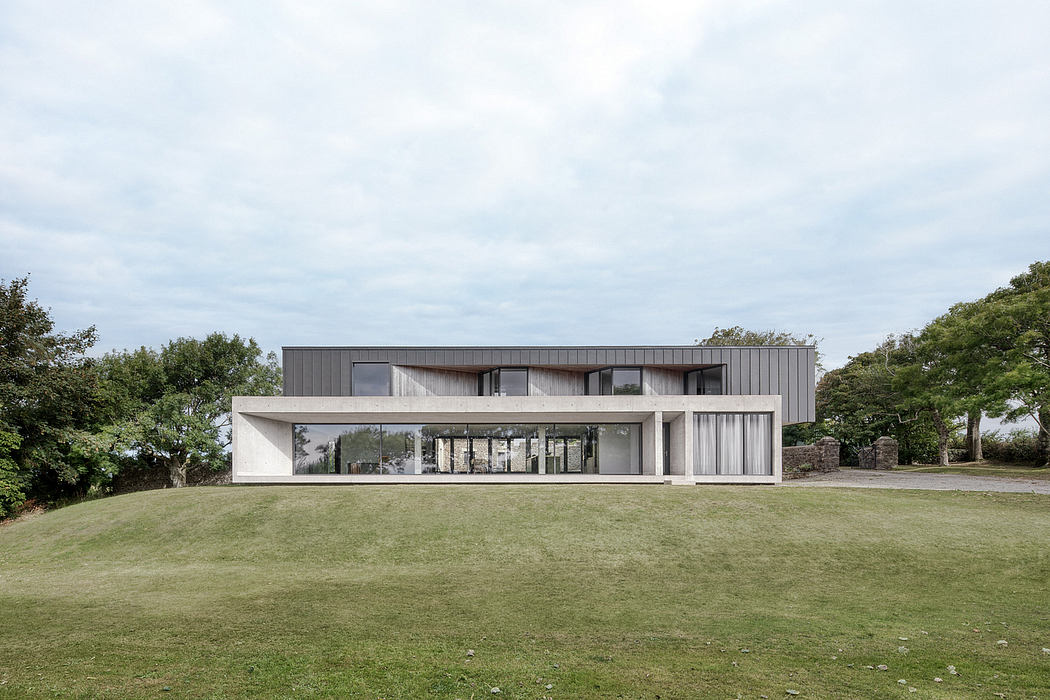This research building in the Antarctic moves when threatened by ice cracks

The caterpillar-like pods can ski to safety The Halley VI, one of the most advanced research stations in the world, is currently stationed in Antarctica, and scientists based there brave temperatures as low as -67 degrees Fahrenheit, and long, dark winters.
Run by the British Antarctic Survey (BAS) and designed by Hugh Broughton Architects, Halley station is used to study space weather?it was instrumental in gathering the data that identified the ozone ?hole? in 1985. But perhaps the coolest thing about the Halley VI is that the research building can move.
Previous Halley stations have succumbed to glaciers, ice, and cliffs thanks to cracking ice on the Brunt Ice Shelf. The sixth model, however, consists of a number of connected modules?which look a bit like the AT-AT Walkers used in Star Wars?all sitting on top of hydraulic legs with skis attached so that they can be moved inland to safety. BBC News reports that the BAS is in the middle of moving the research facility now. All but one of the Halley pods have been moved 23 kilometers (about 14 miles) east, away from an ice crack that first appeared in 2013.
Photo by James Morris via Hugh Broughton Architects
Unfortunately, despite a new location, another ice crack has forced officials to consider pulling the 20-person staff out of the Halley base by March 2017. Although there?s no imminent danger, BAS officials believe that given the looming ice chasms, staying at the research station during th...
| -------------------------------- |
| PARCELAR. Vocabulario arquitectónico. |
|
|












